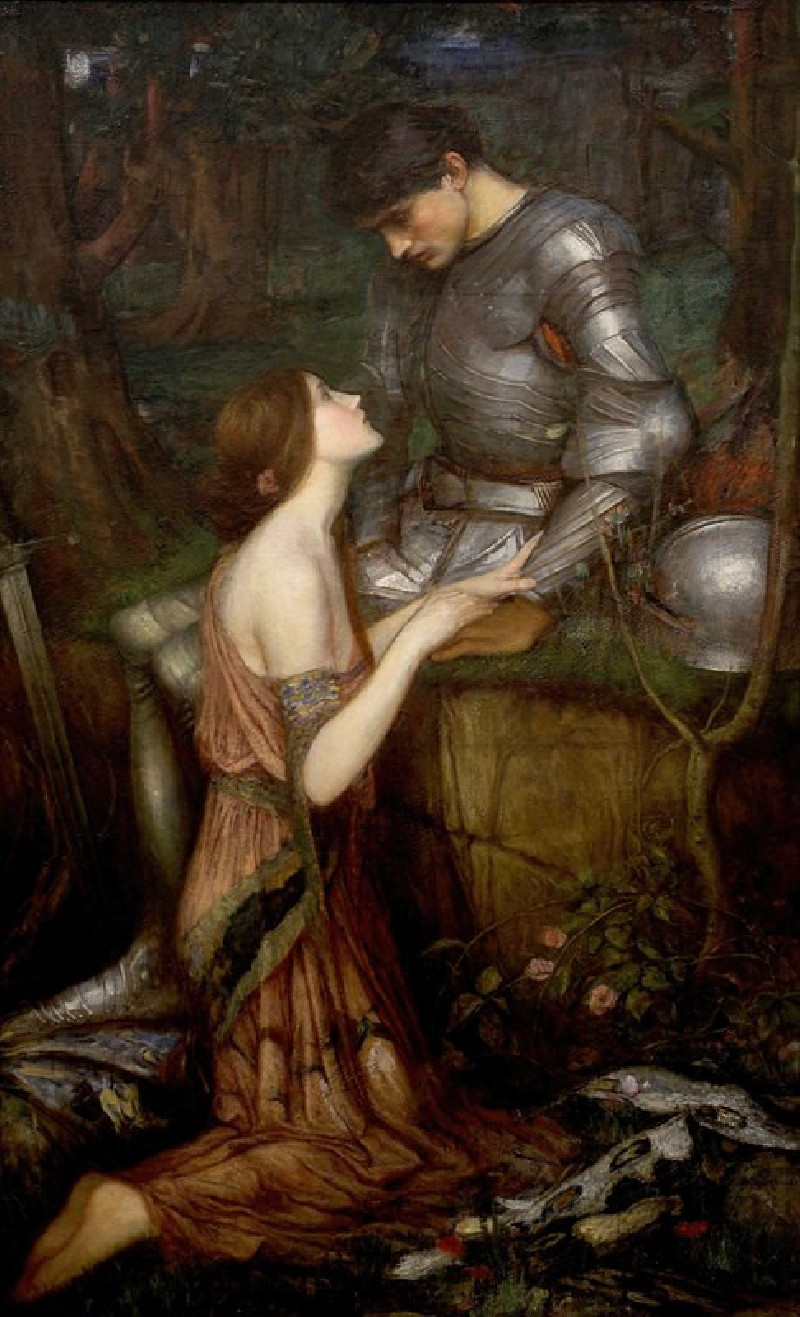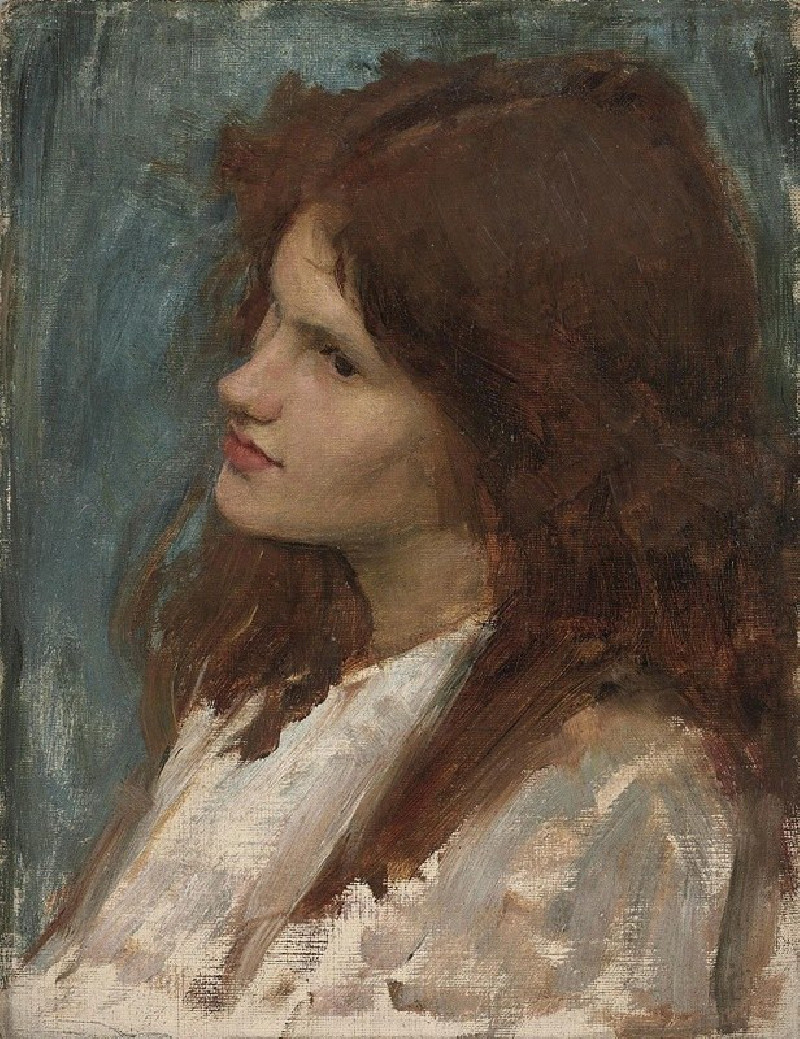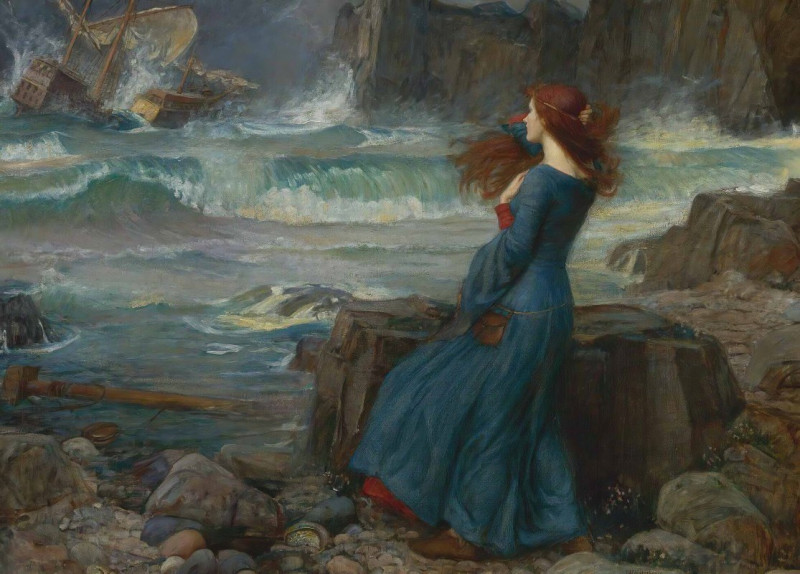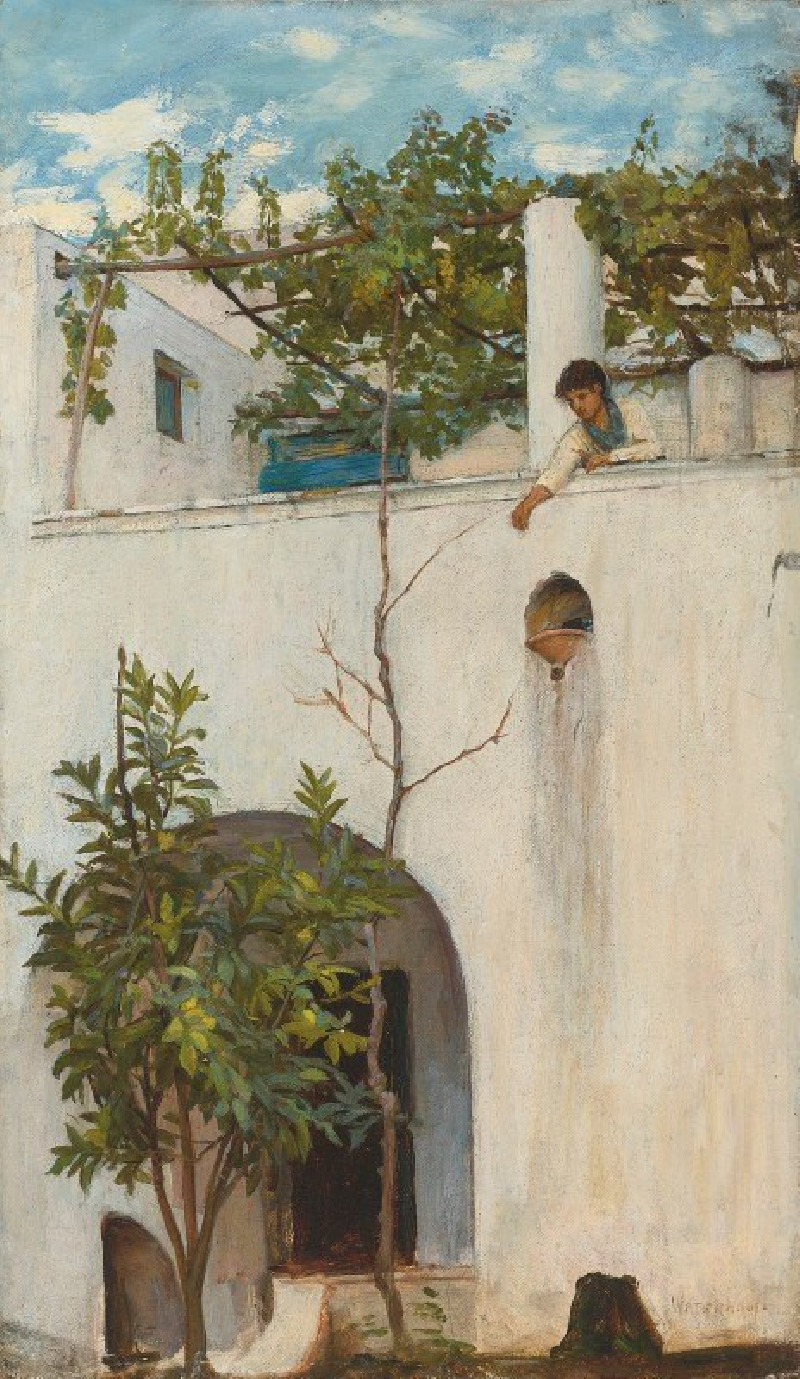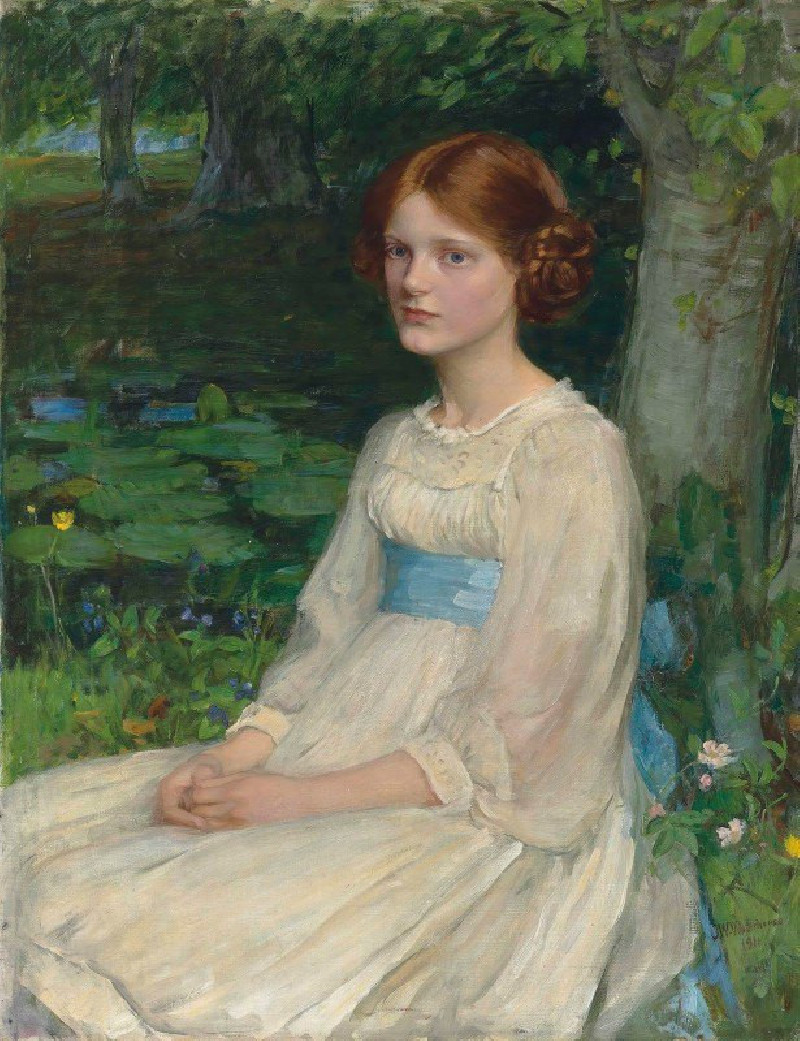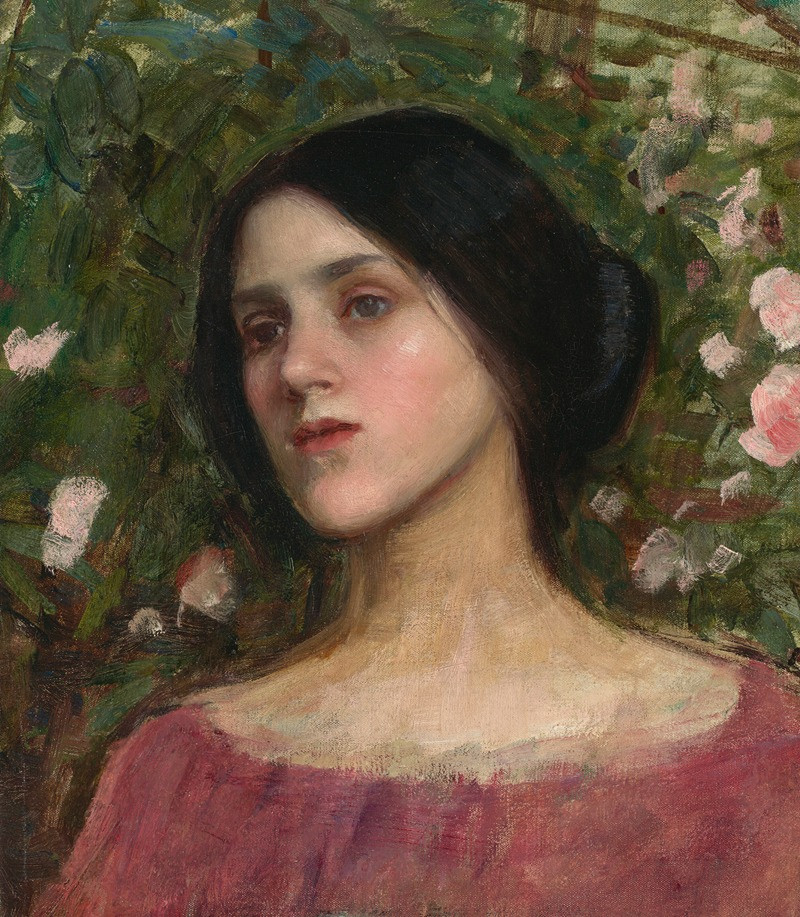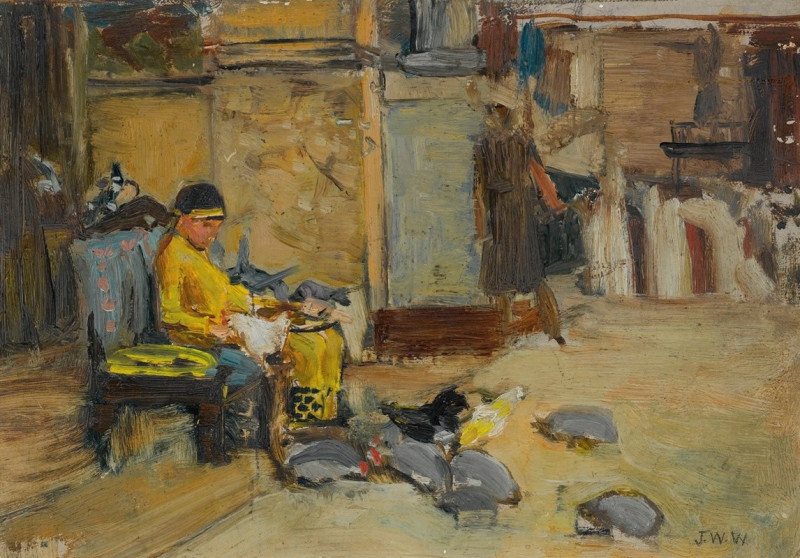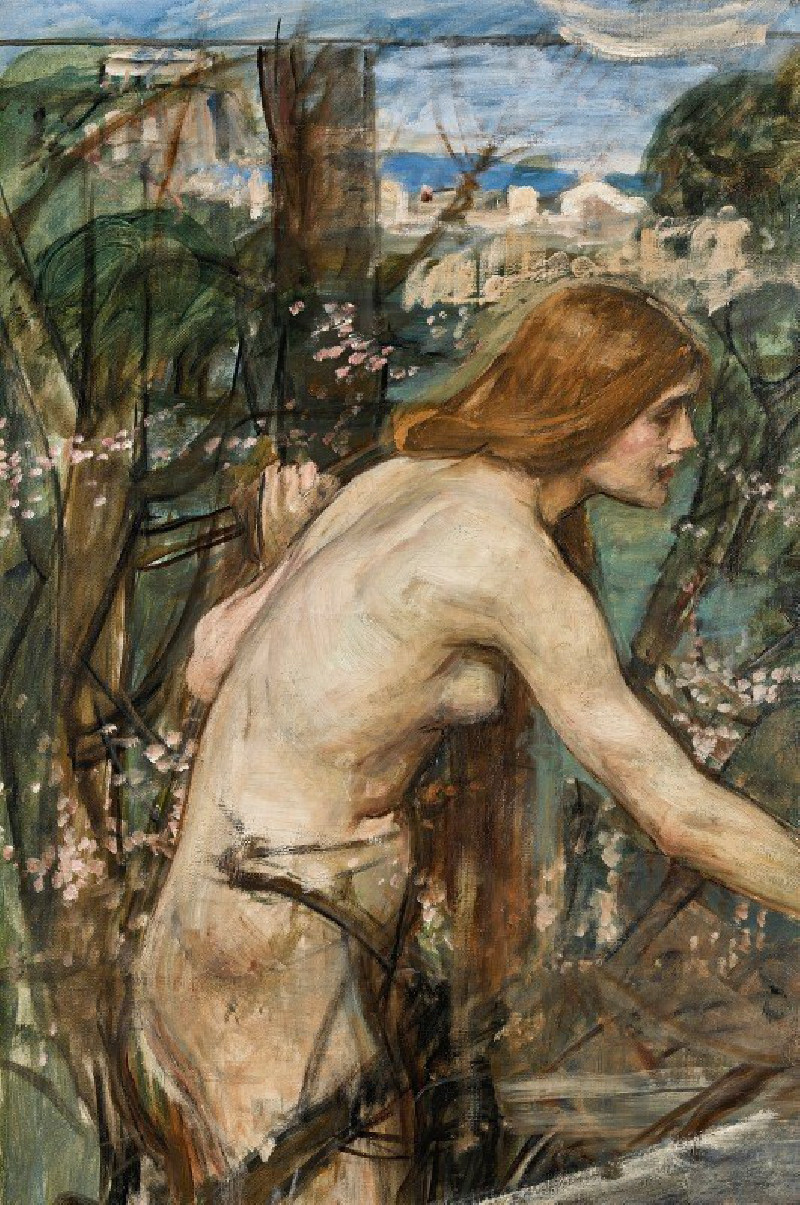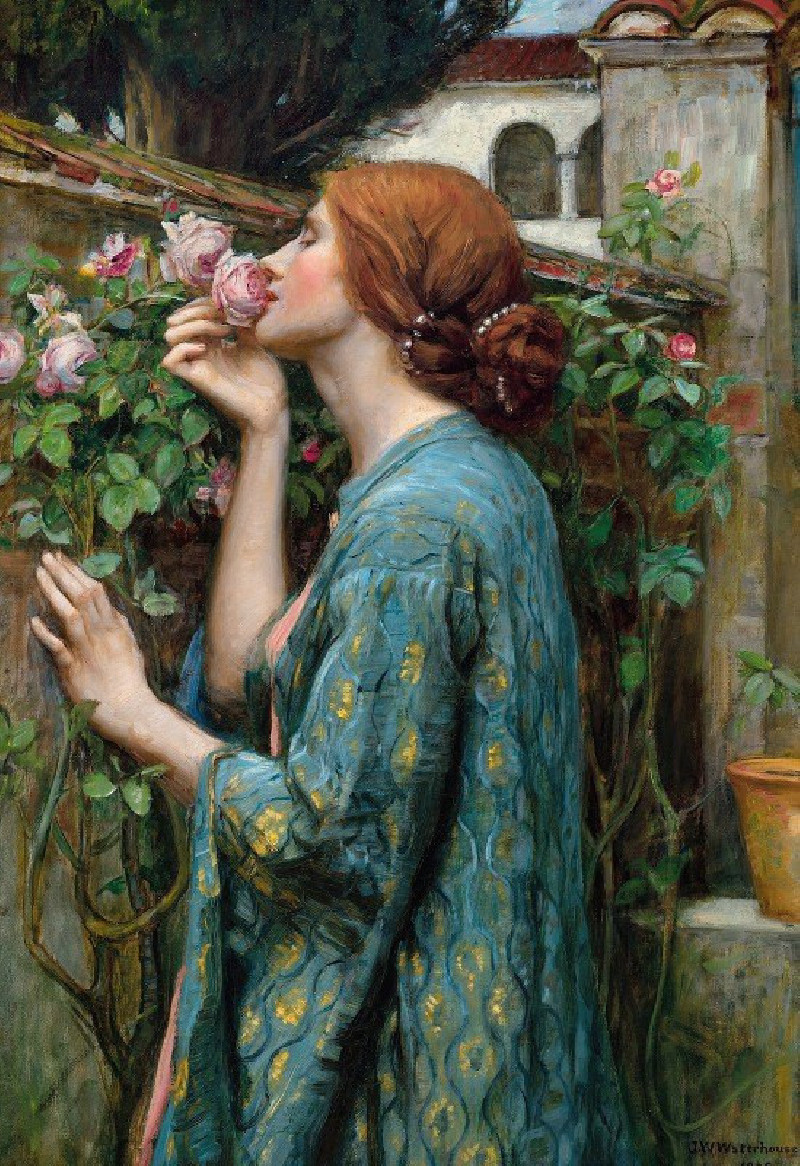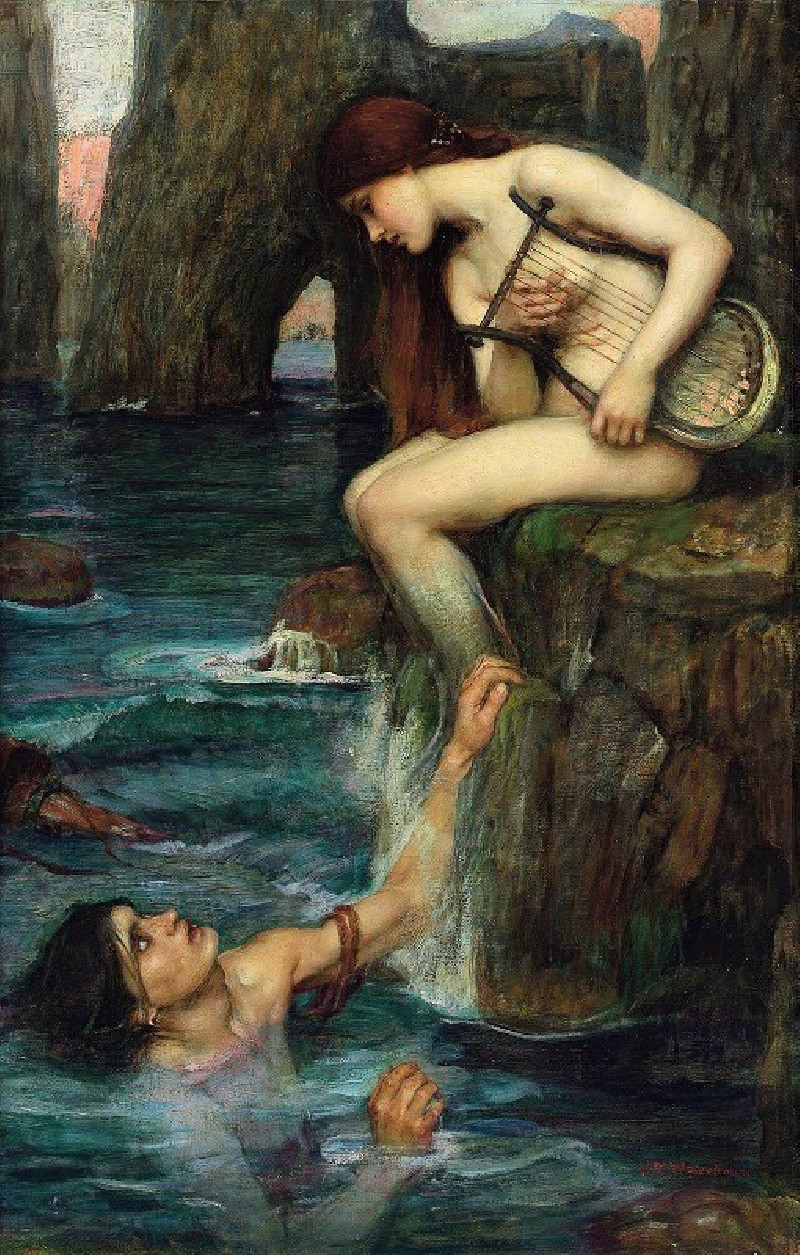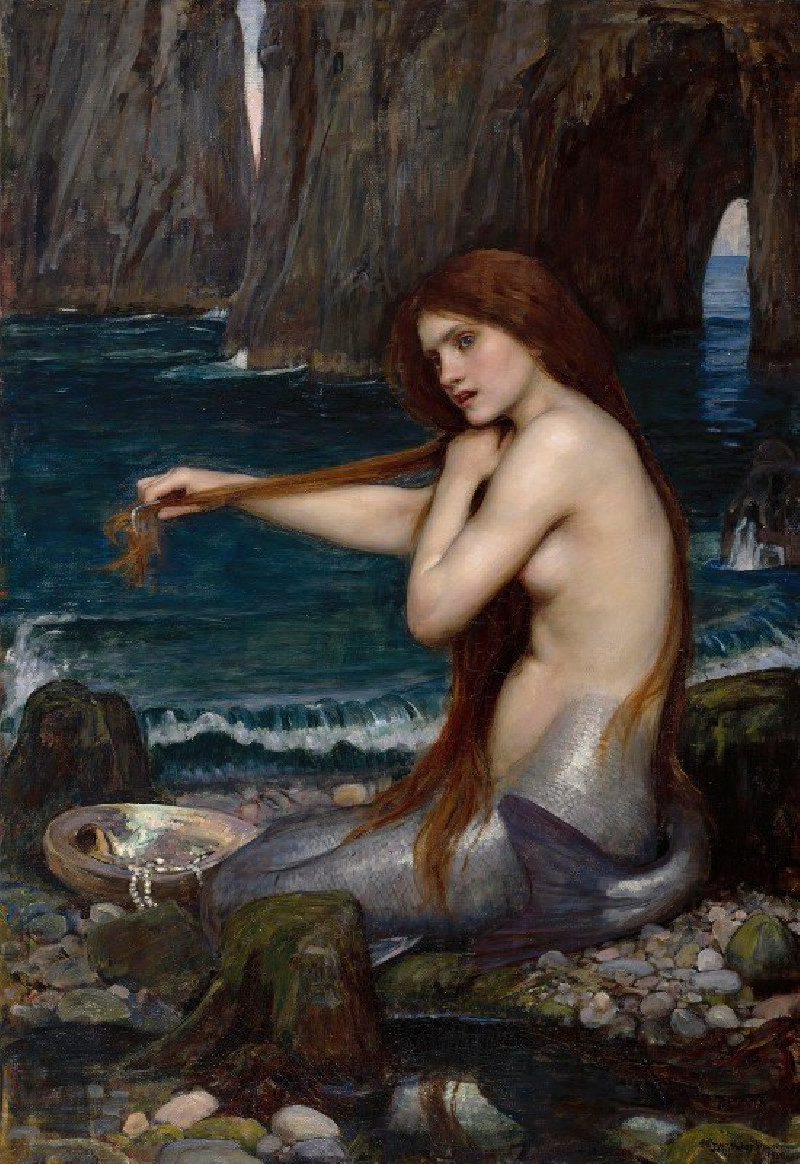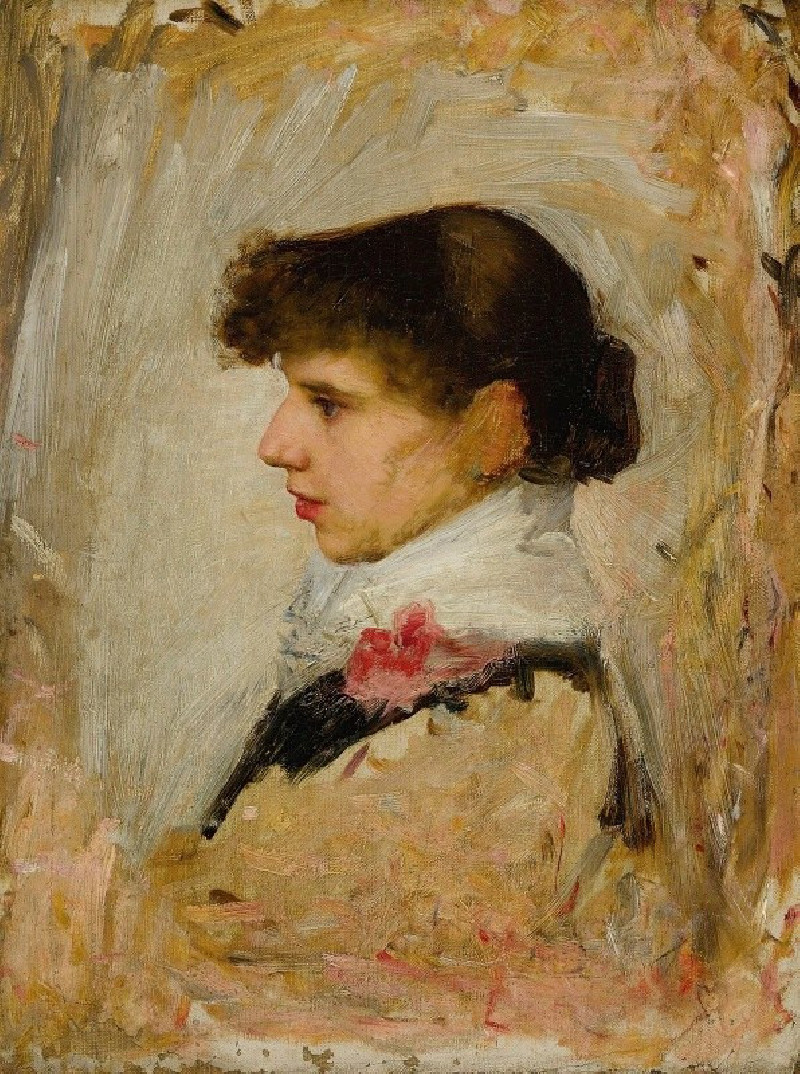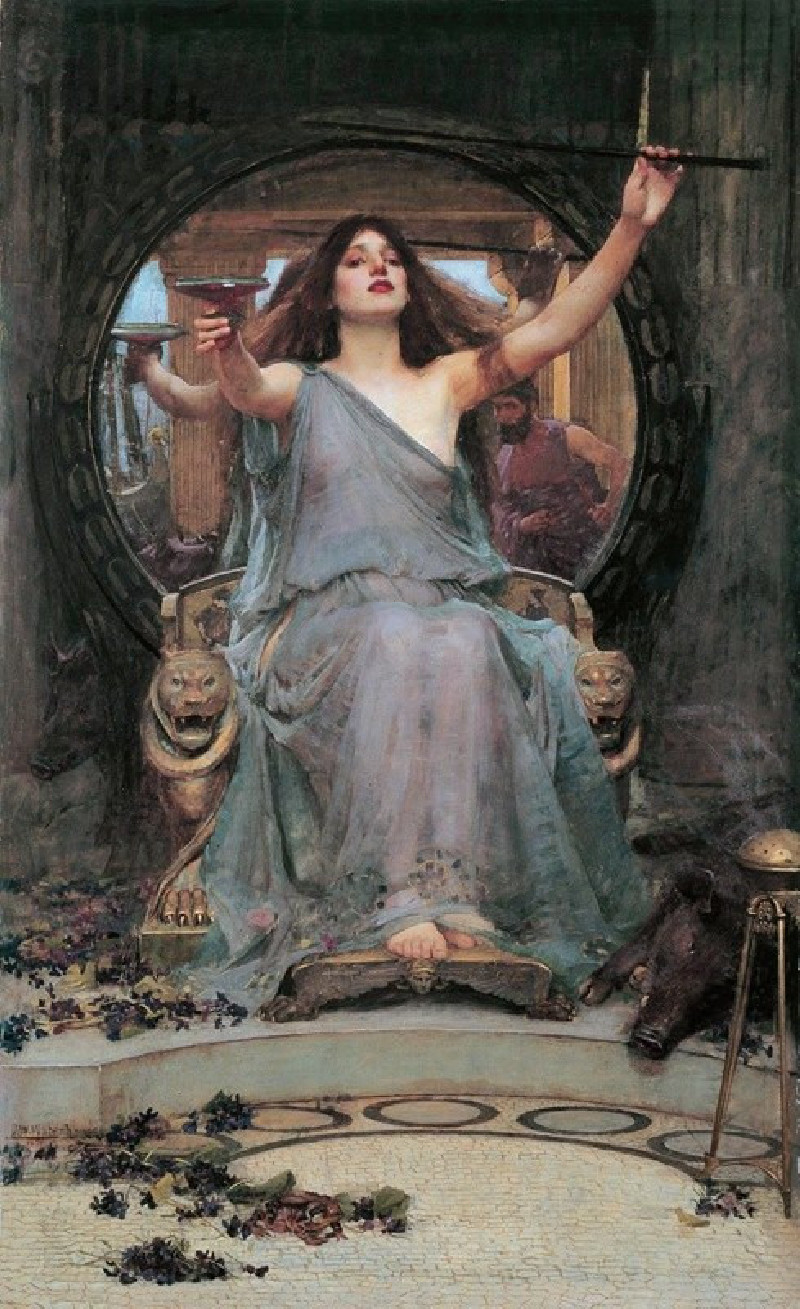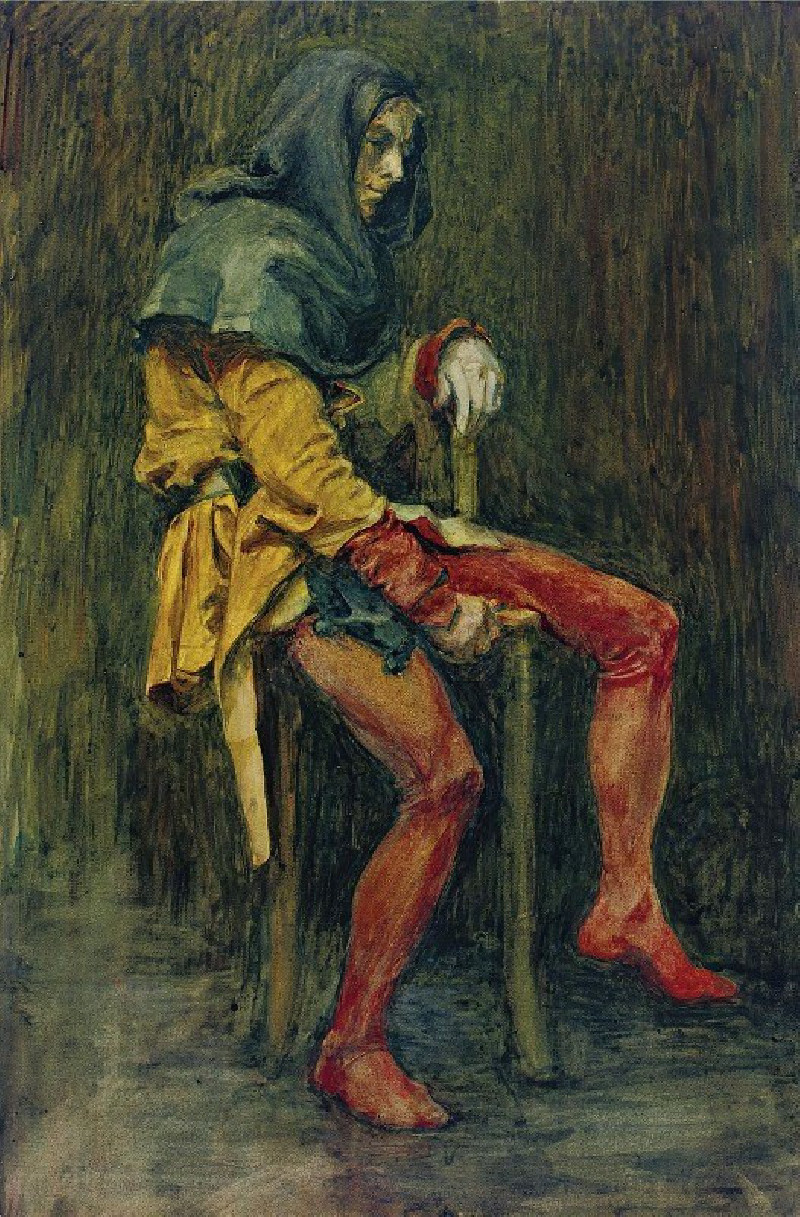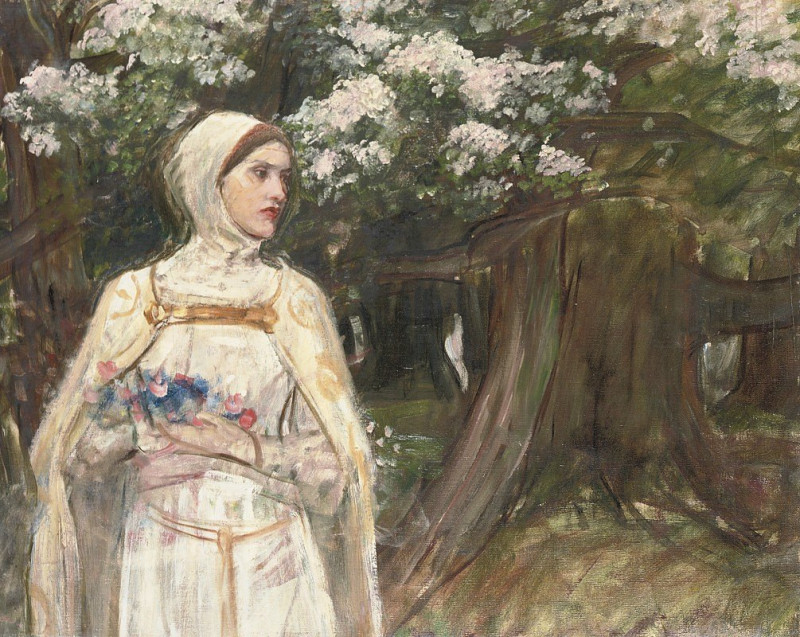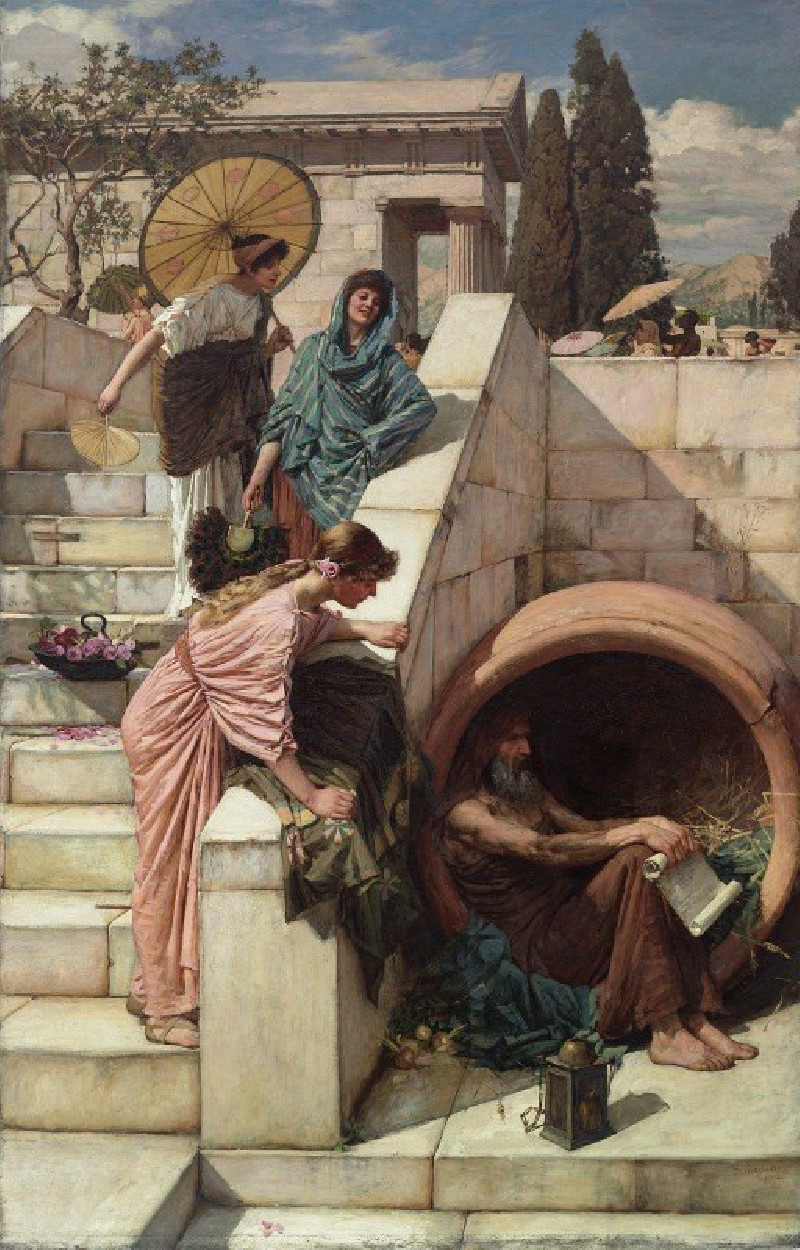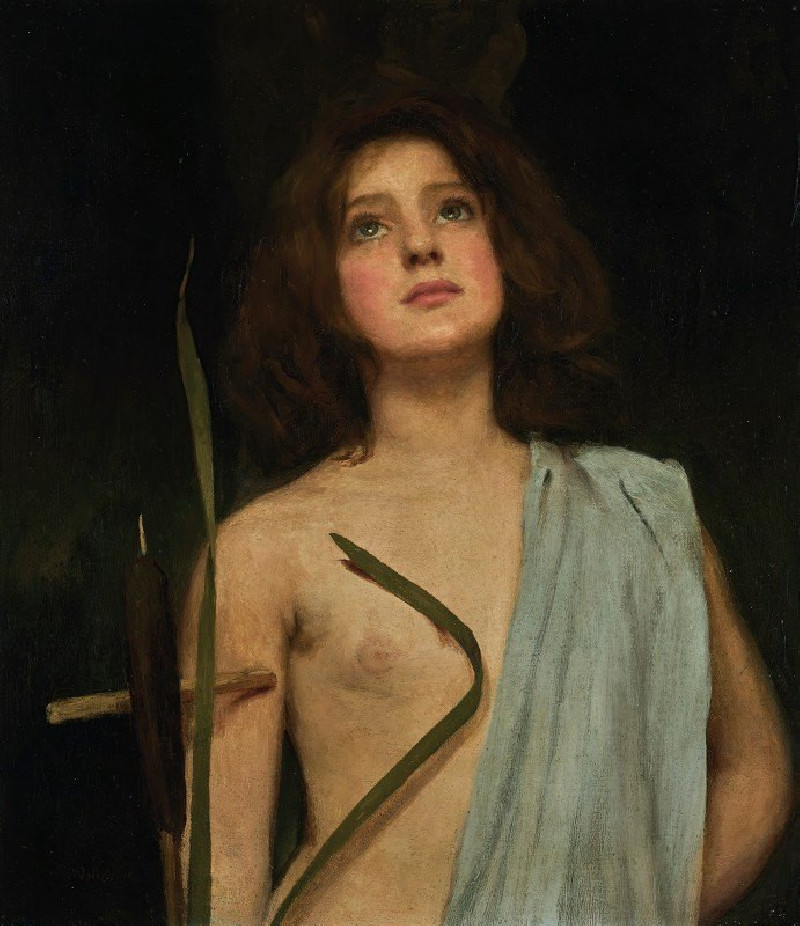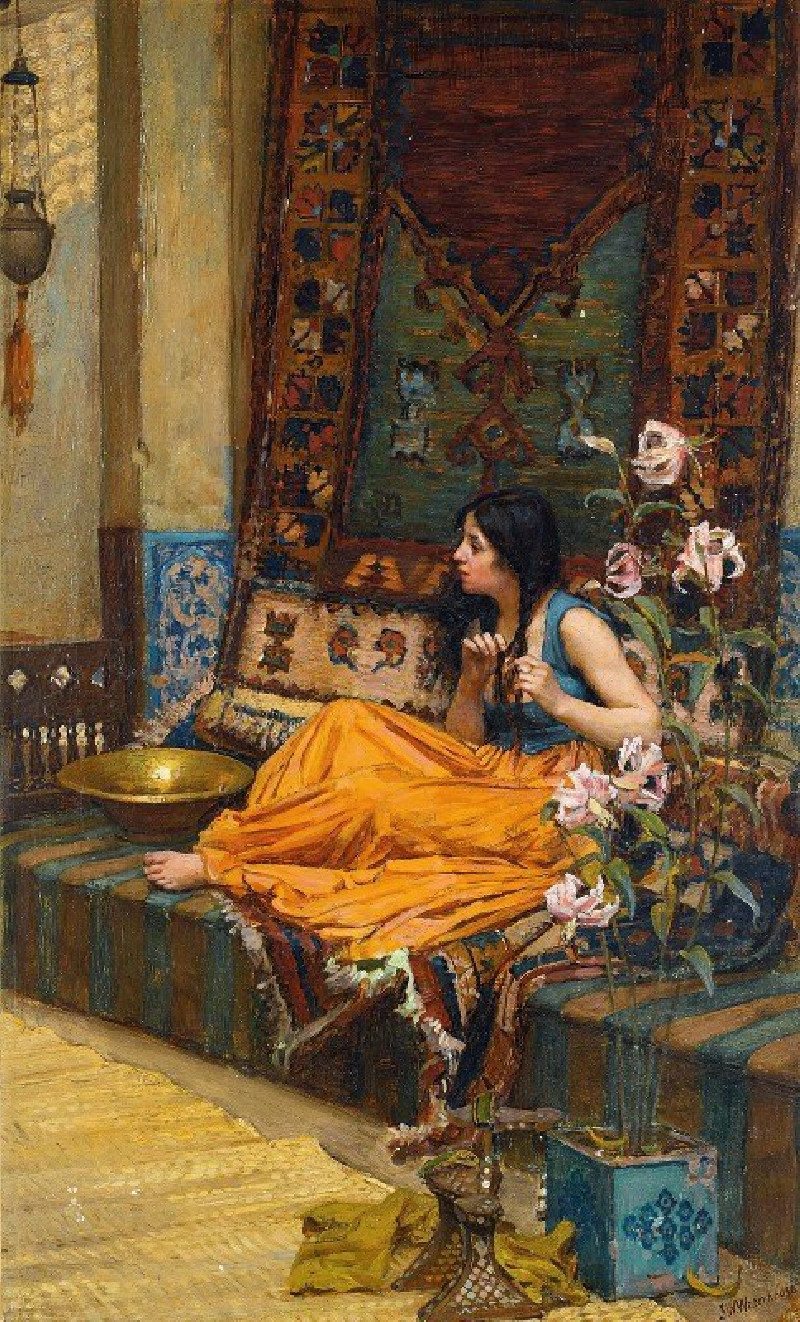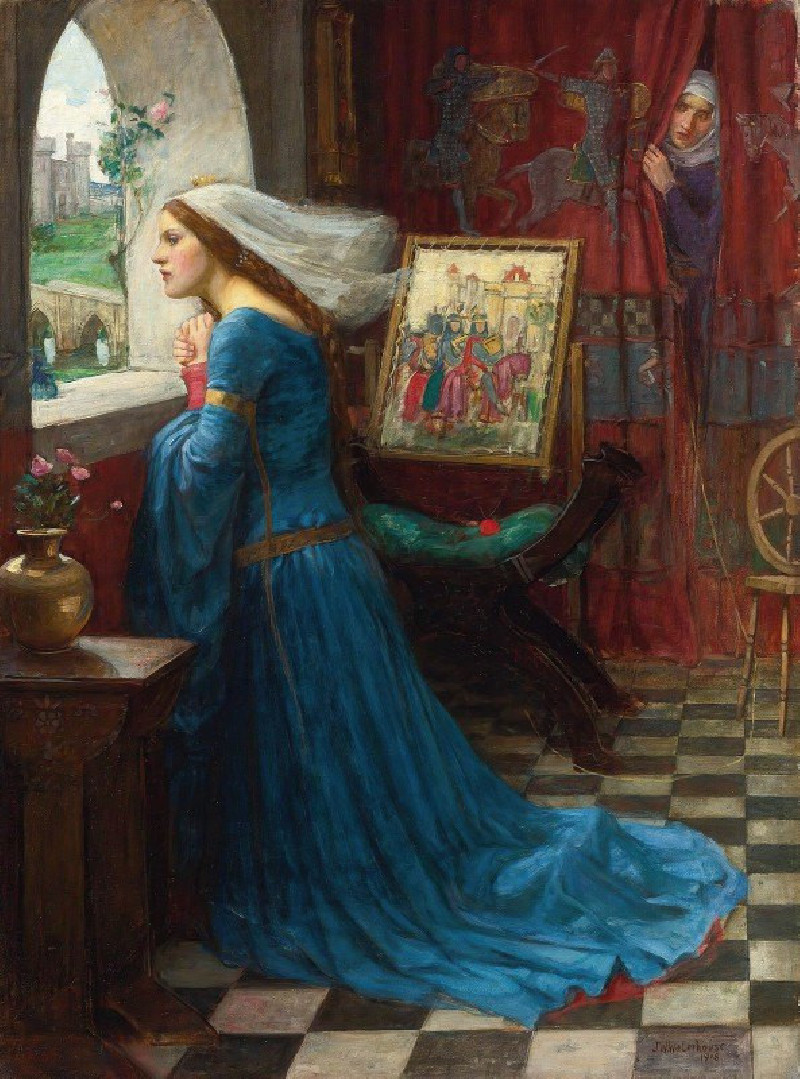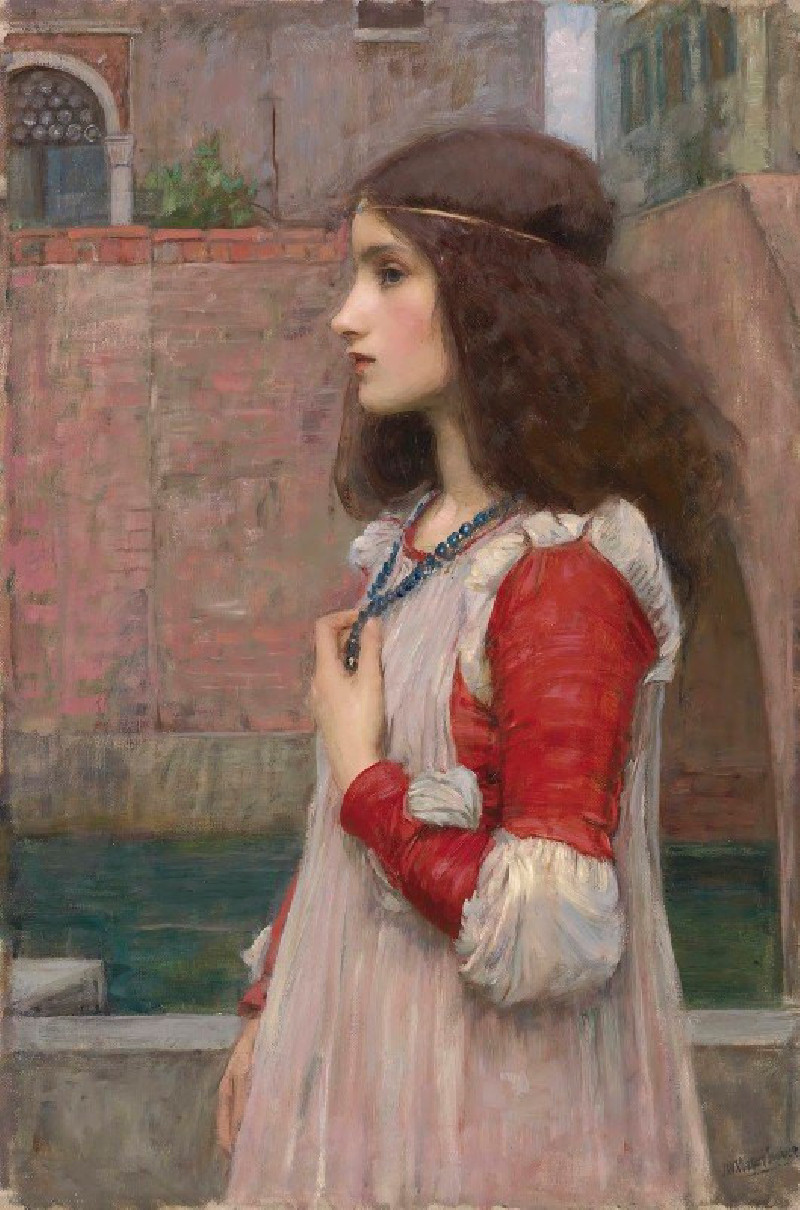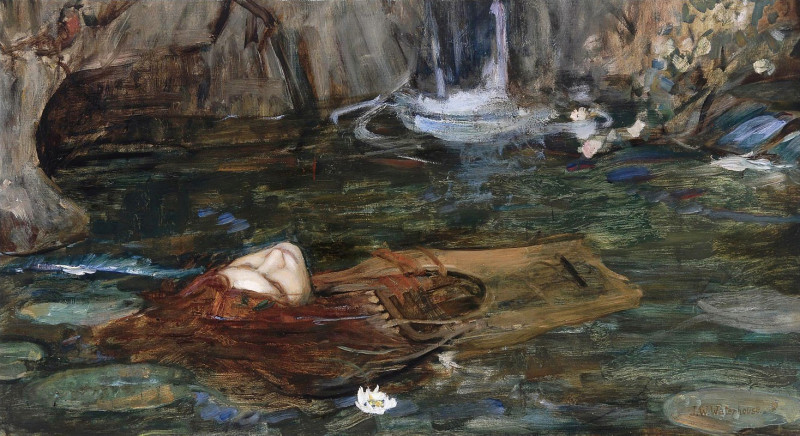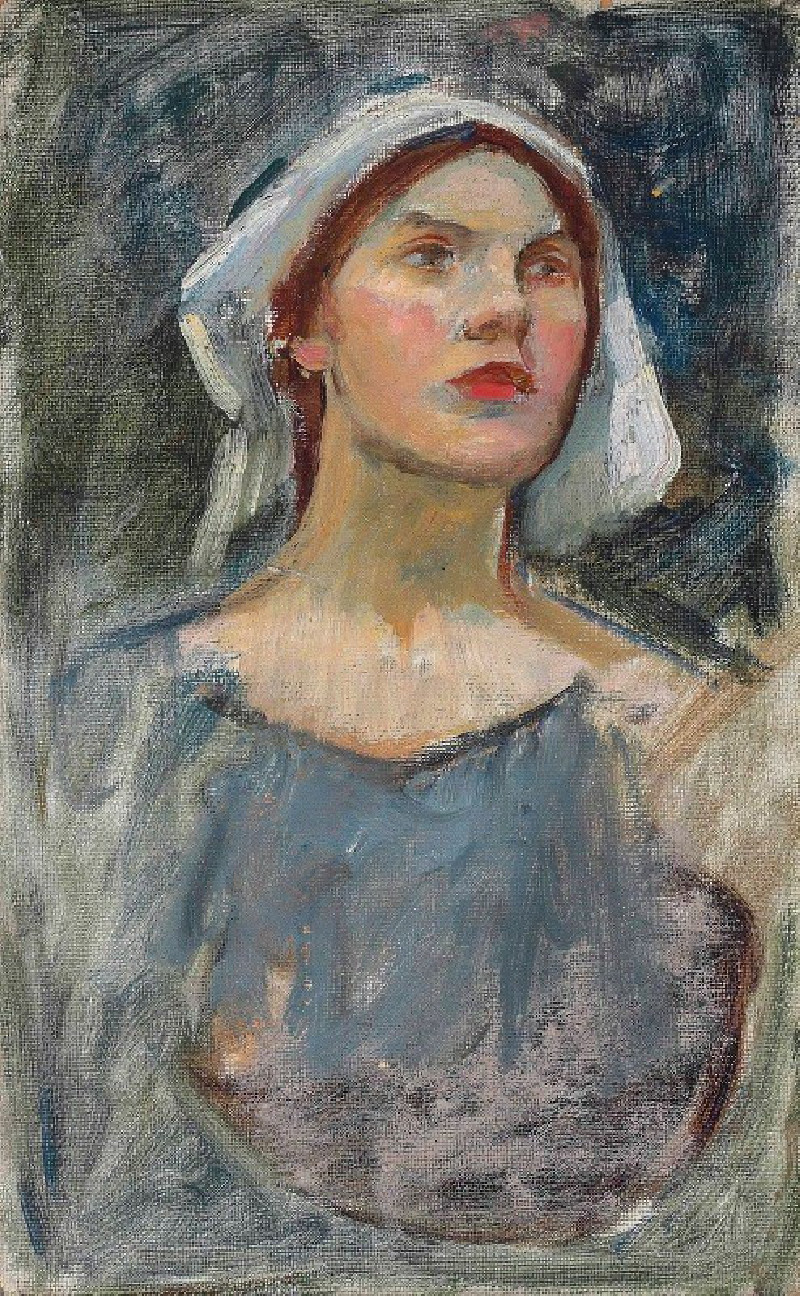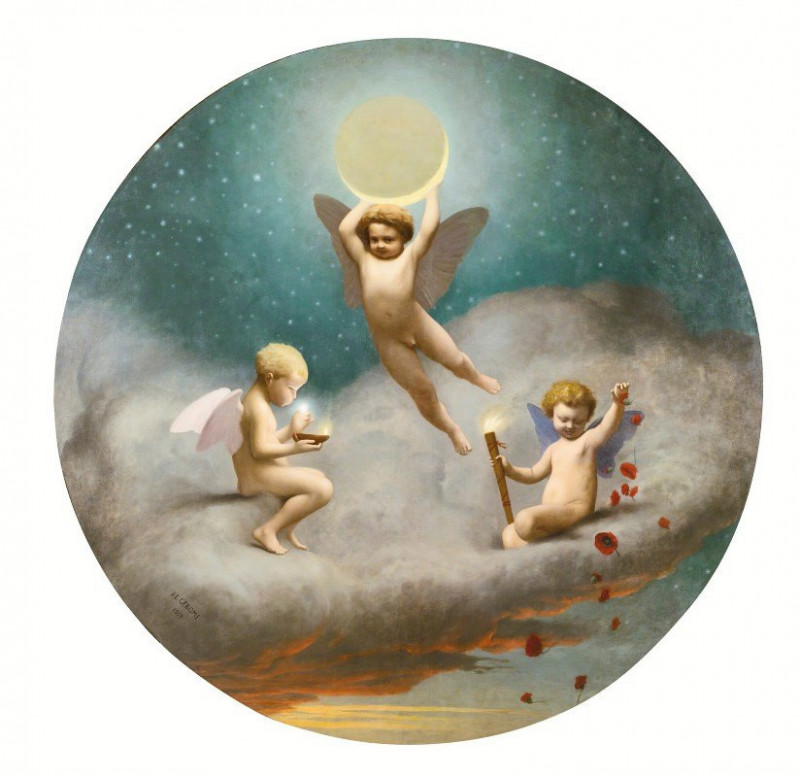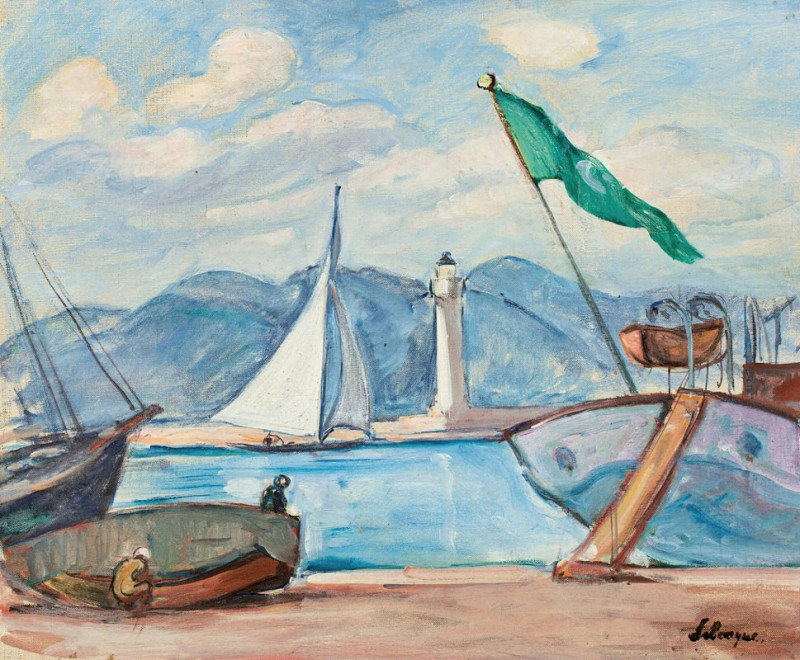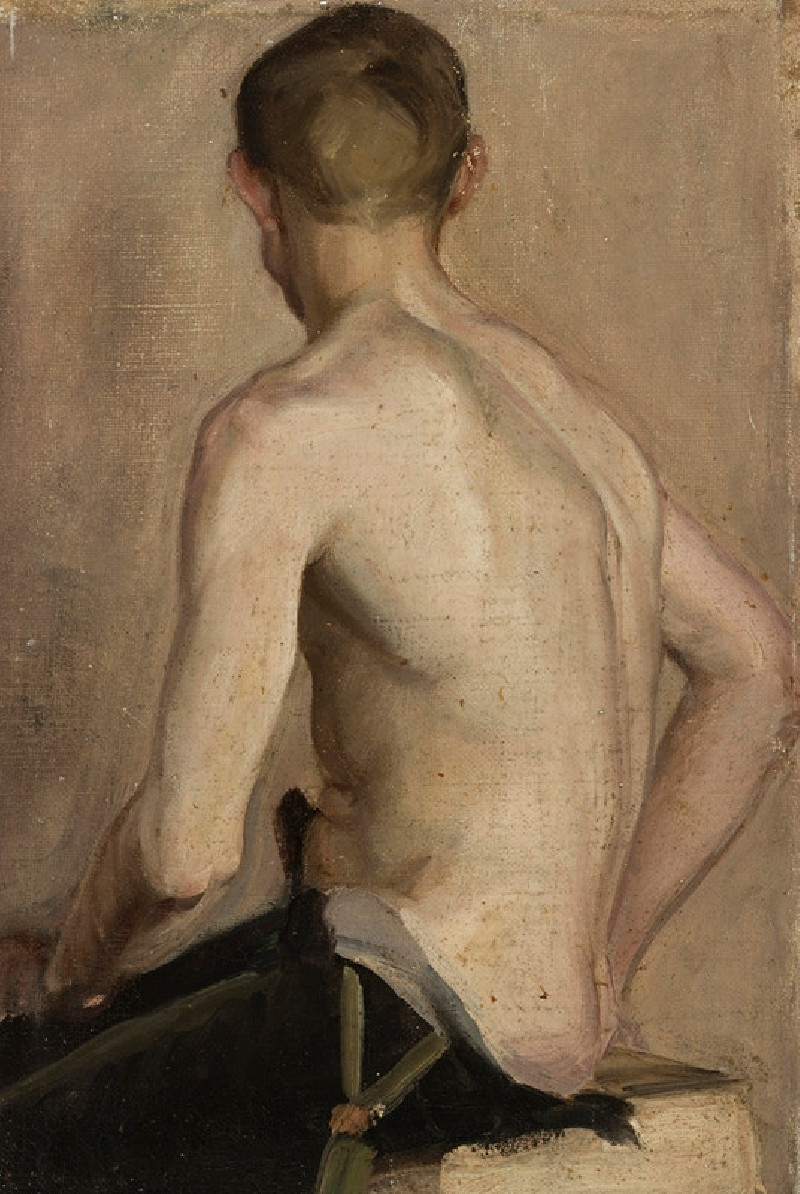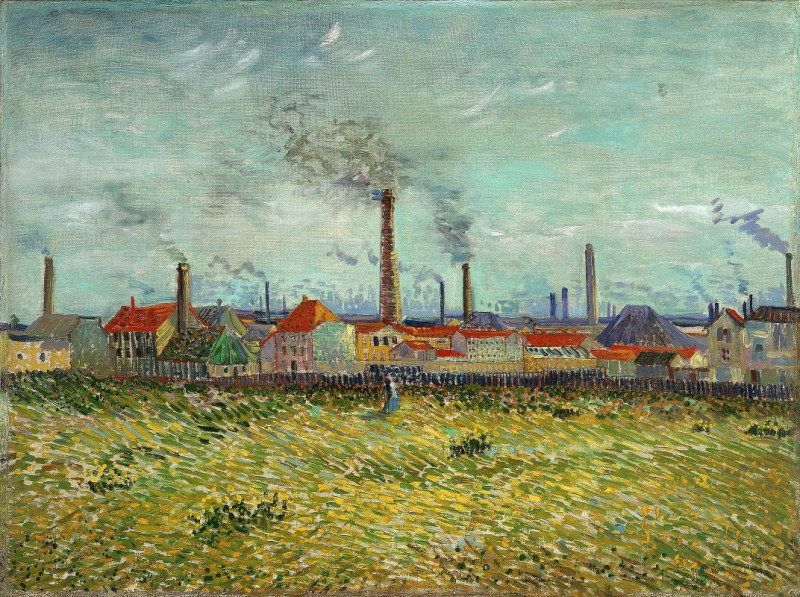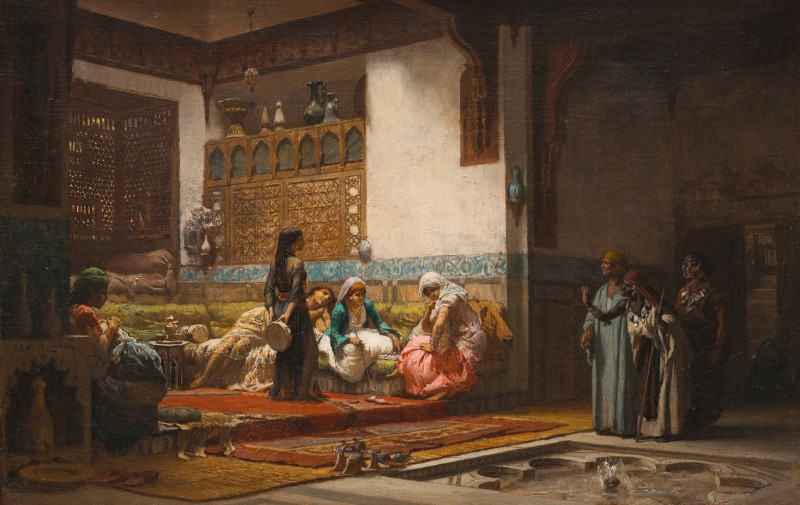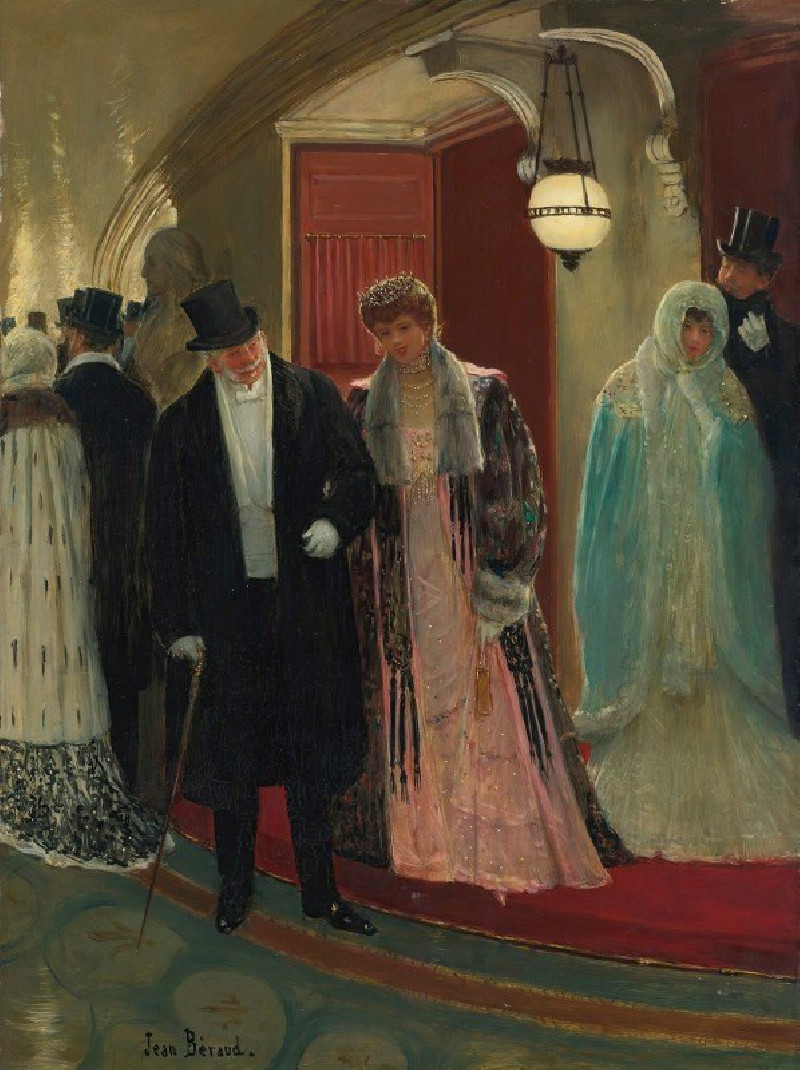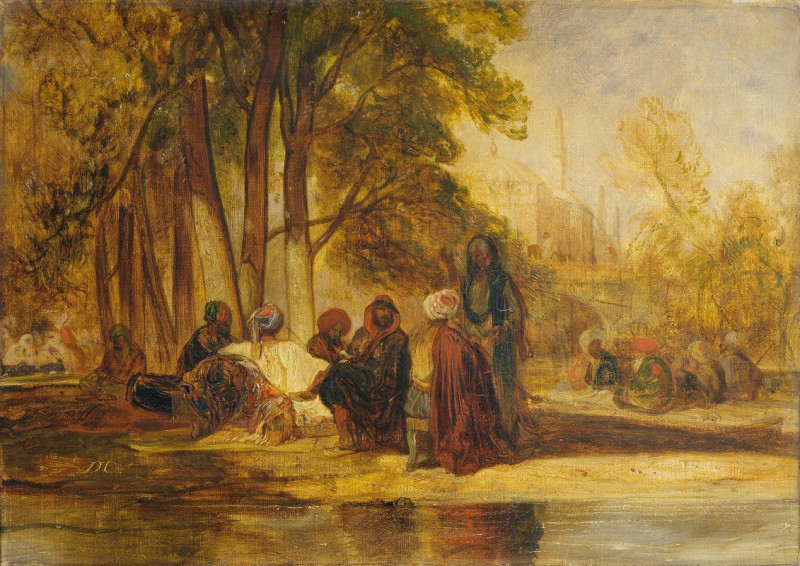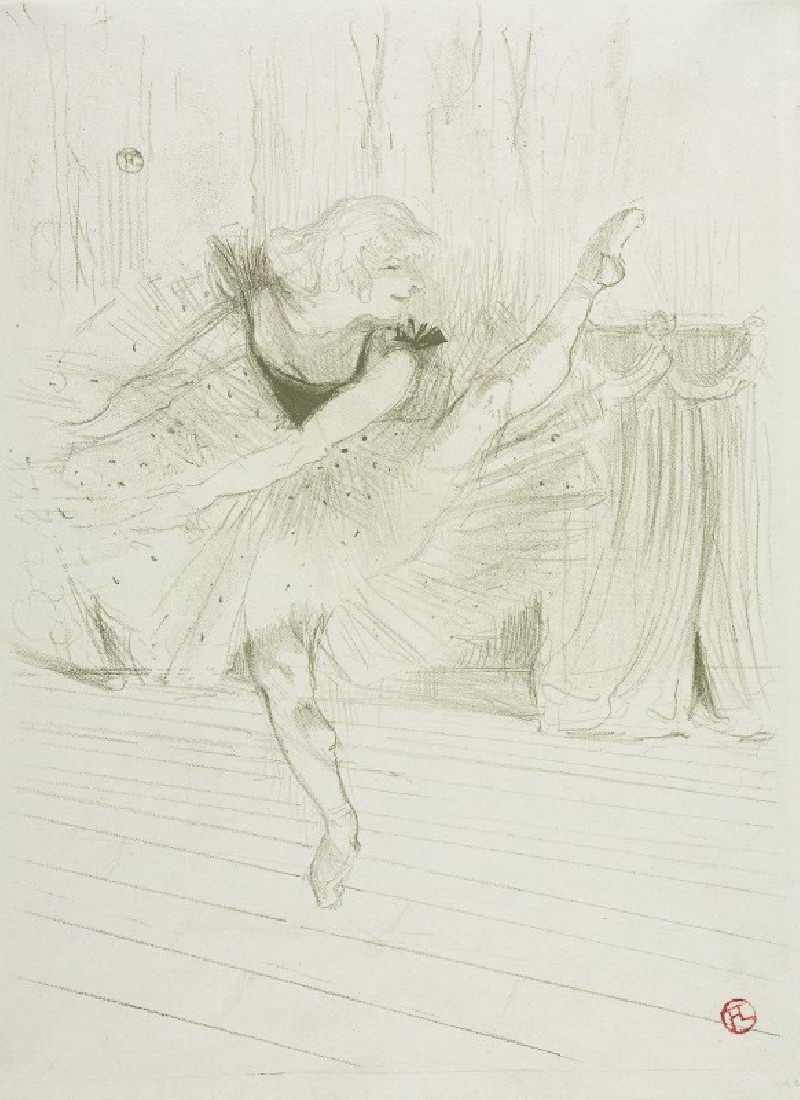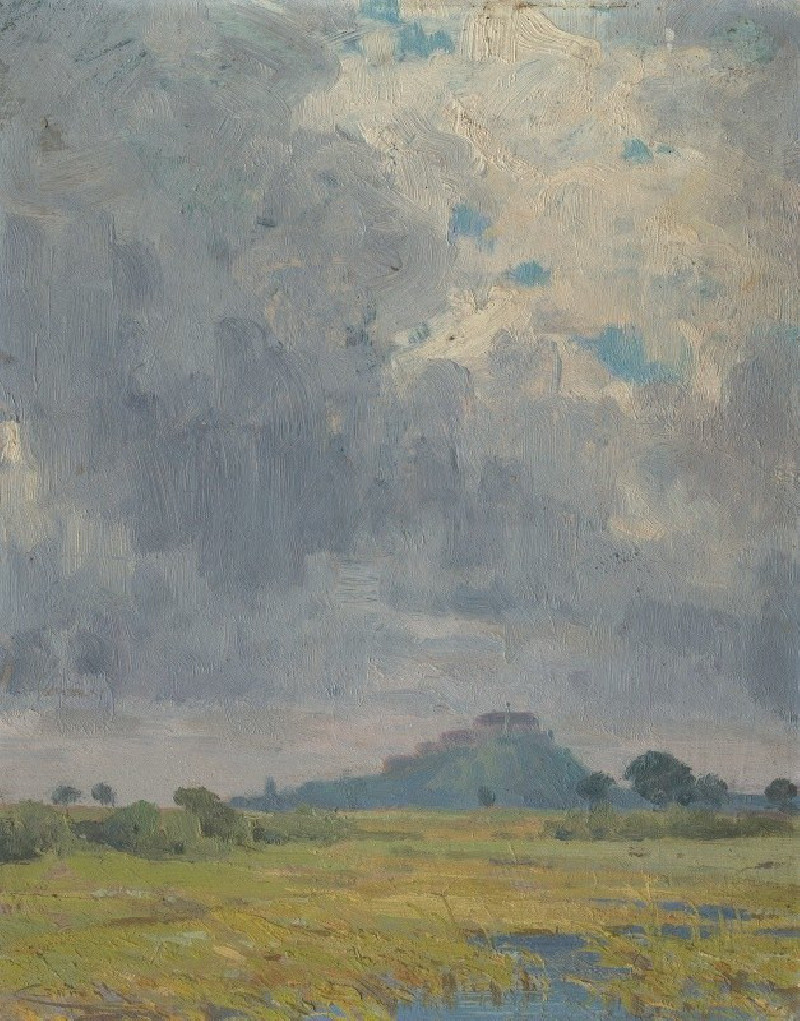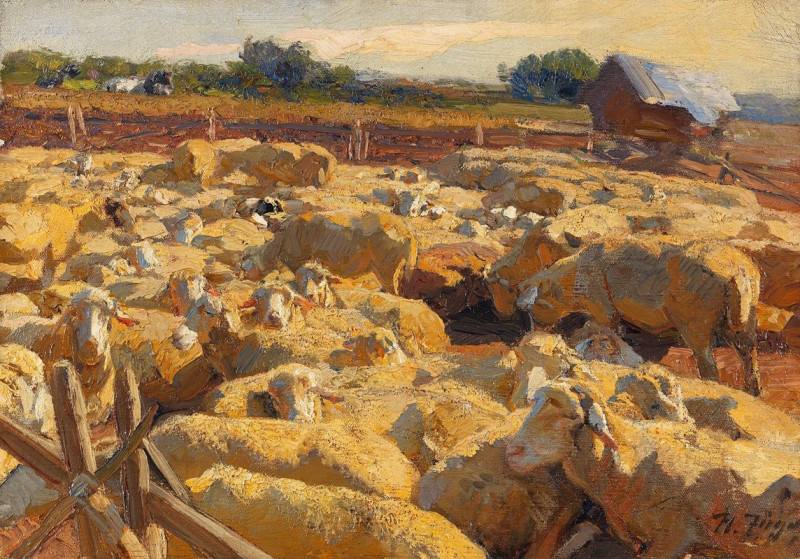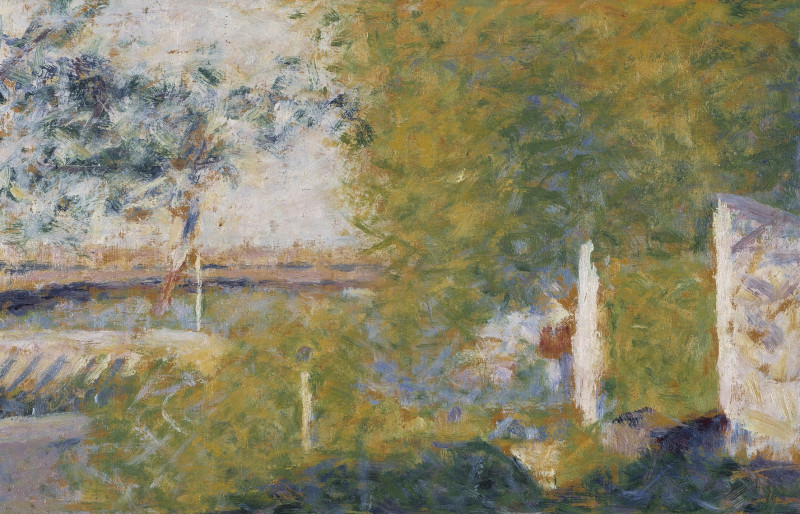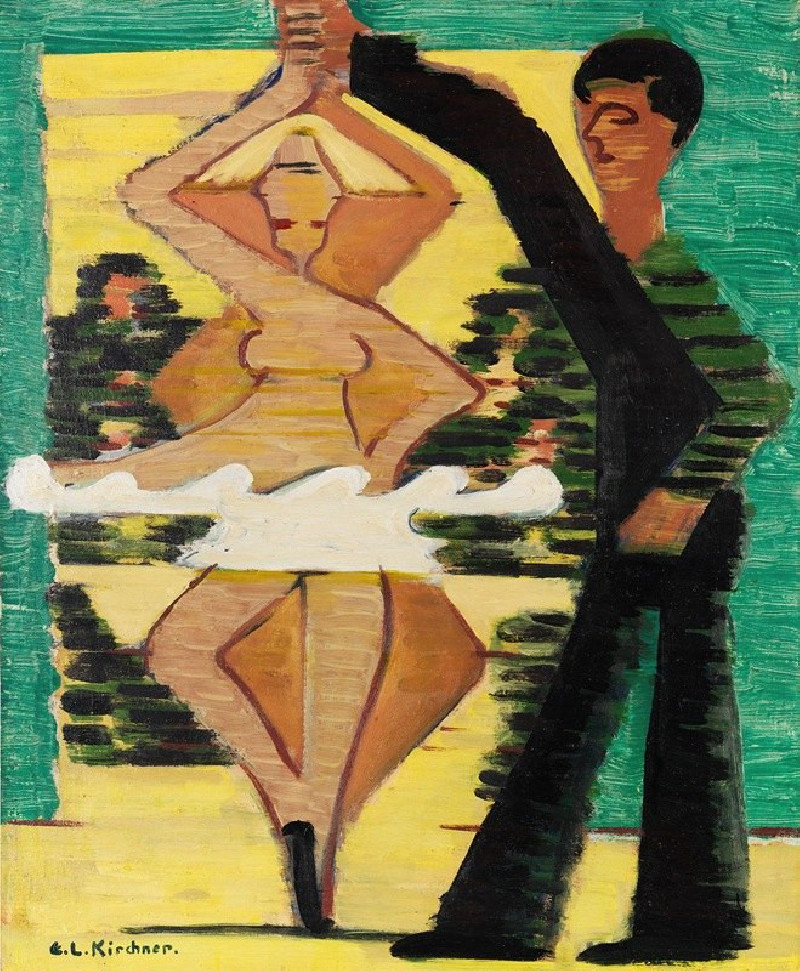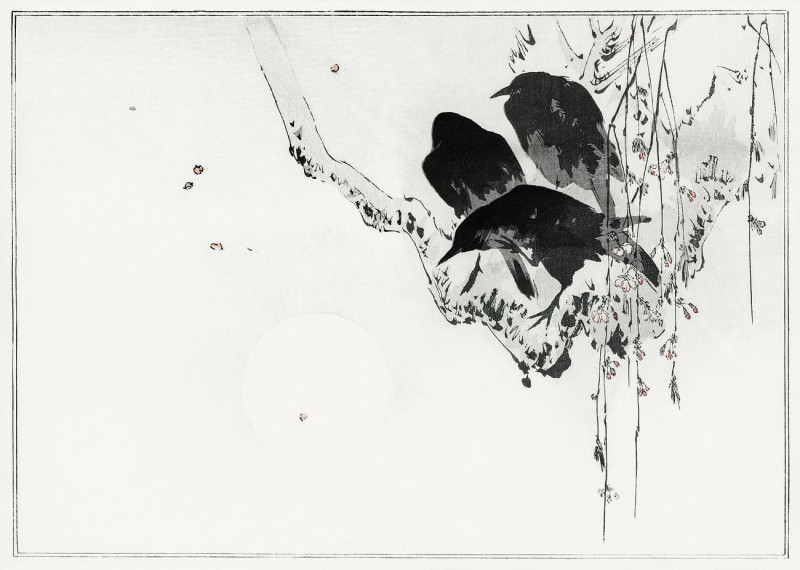Lamia (1905)
Technique: Giclée quality print
Recommended by our customers
More about this artwork
"Lamia" (1905) by John William Waterhouse is an evocative painting that explores themes of seduction, transformation, and the complex emotions entangled in human encounters. The artwork, steeped in mythological storytelling, illustrates a poignant scene derived from ancient lore.In the painting, Lamia, a figure from Greek mythology who transforms from a serpent into a beautiful woman, is depicted in a moment of intimate interaction with a knight. The knight, clad in gleaming armor, stands in a forest clearing, embodying the chivalric ideals of the age. He gazes downward with an expression of compassion and curiosity towards Lamia, who looks up at him pleadingly, her hands gently grasping his arm.Lamia's attire, a flowing dress with delicate, earth-toned hues, contrasts strikingly with her pale skin and the dark, dense woodland around them. Her expression, imbued with a mix of desperation and enchantment, captivates the viewer, suggesting her dual nature and the tragic story surrounding her character.Waterhouse's use of rich, textured brushstrokes and his attention to atmospheric detail bring this mythological narrative to life, invoking empathy and intrigue. The scene is set amid a foreboding forest, hinting at the hidden dangers and moral complexities of the story."Lamia" is a masterpiece that not only highlights Waterhouse's skill as a painter but also his ability to weave compelling human emotions into the fabric of mythological tales.
Delivery
Returns
John William Waterhouse was an English painter known for working first in the Academic style and for then embracing the Pre-Raphaelite Brotherhood's style and subject matter. His artworks were known for their depictions of women from both ancient Greek mythology and Arthurian legend.

